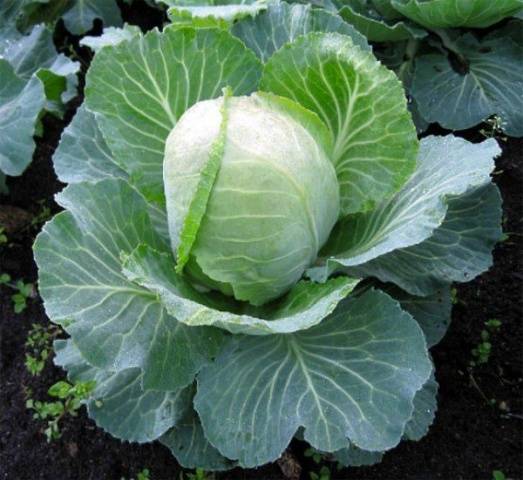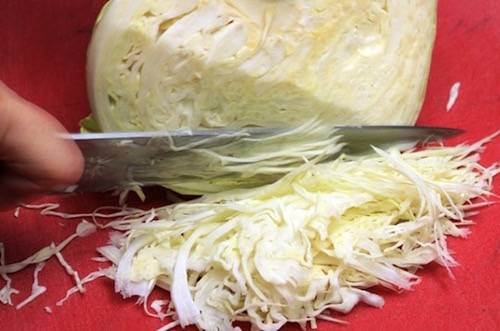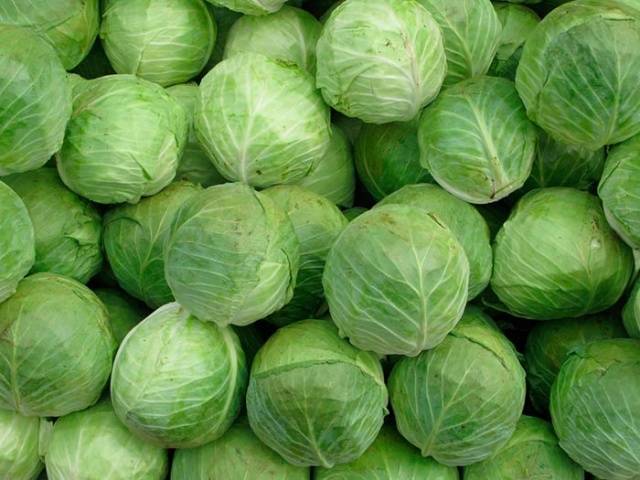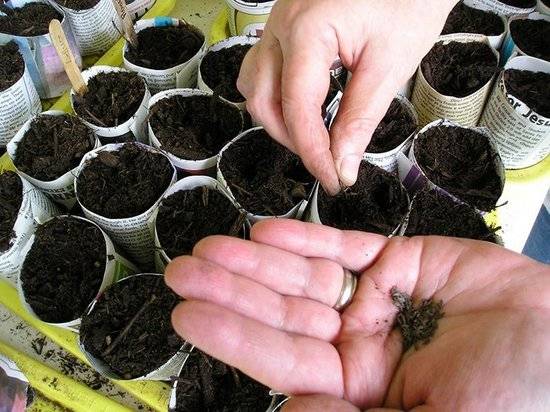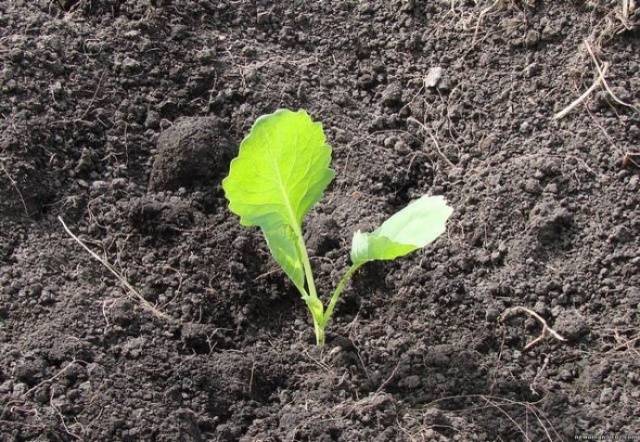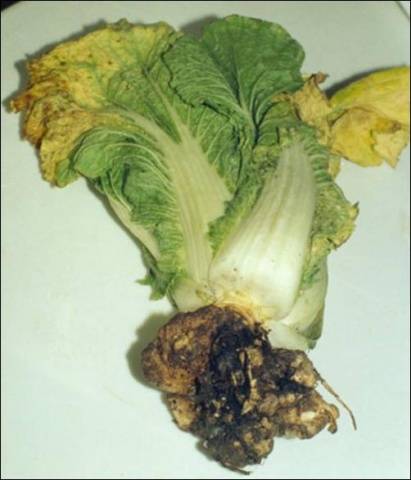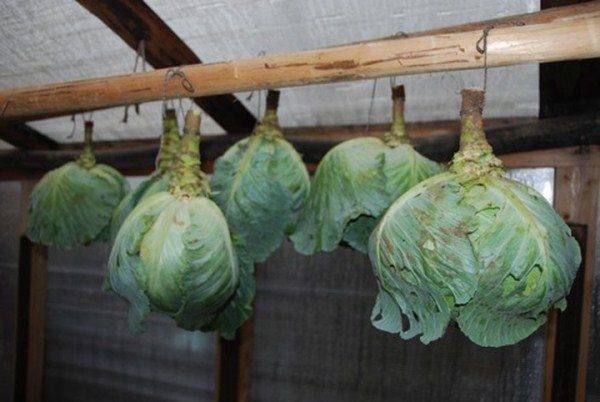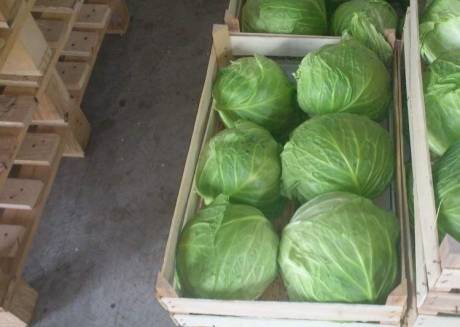Content
Breeders have been creating new varieties and hybrids of white cabbage for many decades. That is why, when choosing seeds, many factors have to be taken into account: ripening time, degree of storage, taste, features of application.
Cabbage Zimovka 1474 is one of the varieties that grows well in almost all regions of Russia. This white vegetable is versatile, but most suitable for winter storage. The article will provide a full description of the variety, photos and reviews of those involved in culture.
Description
Cabbage seeds were obtained at the end of the sixties of the last century by scientists of the All-Union Research Institute of Breeding and Seed Production. They used samples of foreign varieties, carried out numerous experiments. Winter cabbage was entered into the State Register in 1963. This white-headed vegetable is recommended for outdoor cultivation.
So that gardeners have the opportunity to understand whether a given variety is suitable for them, let's start with a description:
- Cabbage variety Zimovka refers to a late-ripening culture. It takes about 160 days until the harvest. Round-flat heads of cabbage in technical maturity reach 72-120 cm in diameter. Cabbage weight varies from 2 to 3.6 kg. There are also larger specimens.
- Semi-spreading rosette. Cabbage leaves Zimovka 1474 are round, gray-green due to a clear waxy coating. Leafy the plates are not large: length 40-48 cm, width 32-46 cm. Waviness is well noticeable along the edges. The leaves are juicy, sweet, veins are present, but they are not tough.
- The forks are twisted so tightly that there are practically no gaps between the leaves. On the cut, the cabbage variety is yellowish-white. This can be clearly seen in the photo.
- The outer stump is long, and the inner one is of medium size.
- The taste qualities of cabbage are excellent due to the unique chemical composition: dry matter in the Zimovka variety from 7.6 to 9.7%, sugar up to 4.9%.
Characteristics
Description of white cabbage Wintering, photos and reviews of gardeners show only part of the qualities of the variety. That is why it is important to characterize the culture with all the pluses and minuses.
Pros:
- Stable yield. Cabbage Wintering is a high-yielding variety. According to the description and reviews of gardeners, 6-7 kg of tasty dense heads of cabbage are collected from a square meter of plantings.
- Cold resistance. Plants are able to withstand small frosts within –6 degrees both at the seedling and adult plant levels.
- Unpretentiousness. Even with low soil fertility, gardeners get a good harvest. In addition, this variety of cabbage is drought-resistant.
- Marketable condition. The variety does not crack either in the beds or during long-term transportation.
- Keeping quality. You can store cabbage Zimovka 1474 almost until the new harvest - 7-8 months. According to consumers, they get their last heads of cabbage at the beginning of June. At the same time, the taste and useful properties not only do not decrease, but, on the contrary, become more expressive.
- Features of the application. Zimovka cabbage is a universal variety. But most often the vegetable is used for fermentation, pickling or winter storage.
- Diseases. The variety has good immunity. Cabbage is resistant to gray mold and punctate necrosis.
White cabbage Wintering has a lot of positive characteristics, but gardeners do not write about the minuses in the reviews. Apparently they don't find them.
Seedling
To obtain planting material, it is necessary to grow high-quality seedlings.
Sowing dates
Sowing cabbage seeds for seedlings is an important point. Many gardeners are guided by the lunar calendar. According to the rules, seeds are sown when the moon is growing. In 2018, according to the calendar, March 7, 8, 18, 20-21 will be favorable for sowing cabbage.
Capacities
Wooden and plastic boxes, containers, peat pots, tablets can be used as containers for seedlings. The choice of containers depends on whether you will dive seedlings or not.
If the boxes or containers are new, then they are simply washed with warm water and soap. When the containers have been used for several years in a row, they will have to be carefully treated with boiling water with potassium permanganate, boric acid or ordinary baking soda.
Many gardeners use cups rolled from newspaper to get seedlings without picking, as in the photo below. The convenience of such a container is that the root system is not injured in the same way as in cassettes. But most importantly, such containers are obtained free of charge.
Soil preparation
When self-preparing the soil for cabbage seedlings, take in equal parts garden soil, compost or humus, sand, and also a little wood ash. In this case, the plants will have enough food. You can use a store-bought potting soil mix that has balanced nutrients.
Regardless of which soil is chosen, it must be prepared for sowing seeds. Each gardener has his own methods. Let's consider the most common:
- Calcining the soil in an oven or oven. The earth is poured in a thin layer on a sheet and heated at a temperature of at least 200 degrees for 15-20 minutes.
- Disinfection with boiling water. Potassium permanganate crystals are added to boiling water, mixed. The solution should have a deep pink color. They cultivate all the soil without leaving a dry place.
Seeds
Before sowing, the seeds of white cabbage Zimovka 1474 (photos and characteristics are given in the article) are selected, disinfected in a solution of salt or potassium permanganate. Then washed in clean water.
To accelerate germination and prevent black leg, heat treatment can be carried out. Seeds in gauze are placed in hot water at a temperature of no more than 50 degrees for 15 minutes, then cooled in cold water. The seed is spread out on paper and dried.
Sowing seedlings
The containers are spilled with water, depressions are made no more than 1 cm. Seeds are laid in them. If sowing is carried out in a common nursery, then at a distance of 3-4 cm. When growing seedlings without picking, 2-3 seeds are placed in each glass, cassette or peat tablet. Cover with glass on top to create a greenhouse effect. The glass is removed 5-6 days after germination.
Further care of the seedlings is simple:
- maintaining the required temperature from 14 to 18 degrees;
- watering and surface loosening of seedlings;
- root feeding of seedlings with a light solution of potassium permanganate or an extract of wood ash.
Pickled cabbage varieties Wintering is carried out when 4-5 true leaves appear on the plants. The soil is used the same as for sowing seeds.
If there is not enough light when growing seedlings, artificial lighting is installed. After all, the wintering variety requires a daylight hours of at least 12 hours. In this case, she grows strong, stocky.
Growing in soil
For cabbage Wintering, a site with loamy soil will be successful. It is advisable to do the preparation in the fall. Compost and humus are introduced into the ground. When digging, the larvae find themselves on the surface and die in winter.
In the spring, the ridges are re-dug up, holes are made two weeks before planting the seedlings.An excellent yield of the variety will be on the ridges where potatoes, tomatoes, cucumbers, peas or beans were grown in the previous summer.
In late May or early June, depending on the climatic characteristics of the region, the seedlings are moved to a permanent place. Holes are dug according to the 60x60 scheme. It is better to plant the cabbage in two lines with a row spacing of at least 70 cm for ease of maintenance. After planting, seedlings are well filled with water.
After the cabbage has taken root, it needs to be watered regularly, loosened the soil, removed weeds and feed. At first, 2 liters is enough, then as it grows, the amount of water is increased to 10. It should be remembered that abundant watering leads to the death of roots and fungal diseases.
For dressing (no more than 5 times per season) varieties, infusions of mullein, chicken droppings or fermented green grass are suitable. Root dressing is combined with watering on a pre-moistened soil. This way the nutrients are better absorbed.
In addition to providing the plants with the necessary trace elements, ash helps to fight aphids, slugs and snails.
Disease prevention
Despite good immunity, cabbage of this variety can suffer from several diseases:
- black legs;
- keels (photo below);
- mucous bacteriosis;
- downy mildew.
Among insects, they are often annoyed:
- cruciferous flea;
- cabbage fly;
- snails and slugs;
- white butterfly with its offspring;
- aphid.
The problem can be solved by planting fragrant herbs or flowers next to the cabbage. The ether secreted by plants repels pests. In the fight against cabbage diseases, chemicals are used.
Cleaning and storage
Zimovka variety, as indicated in the description, is intended for long-term winter storage and fermentation. Take away white vegetable in mid-October in dry weather. For cabbage, which is supposed to be left for the winter, do not remove the outer stump. For her, the vegetable is hung in the storage.
White cabbage of this variety is well stored in boxes or on racks. The forks are sprinkled with ordinary chalk. The main thing is to create the necessary conditions - the temperature should be 0-2 degrees.
